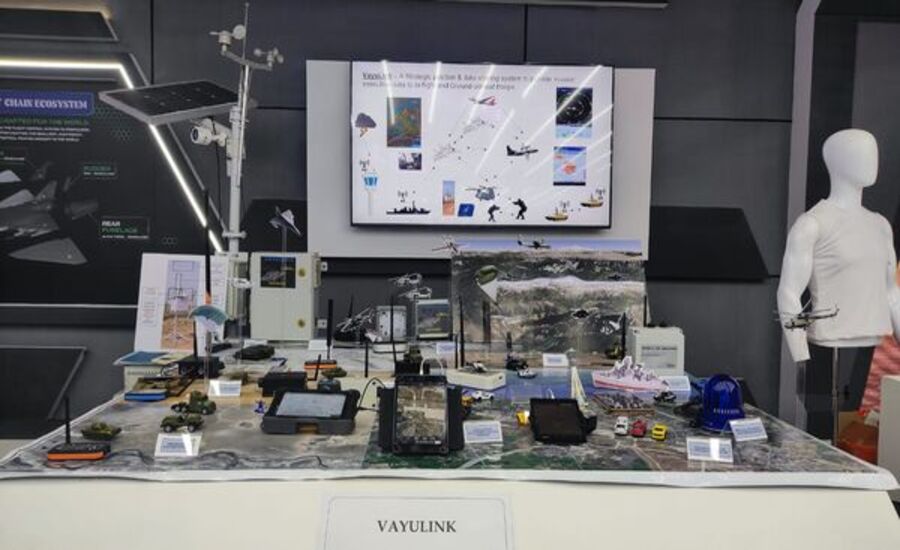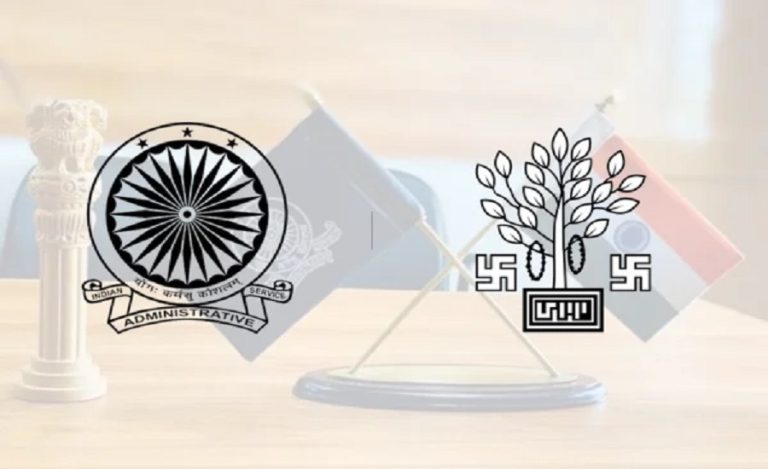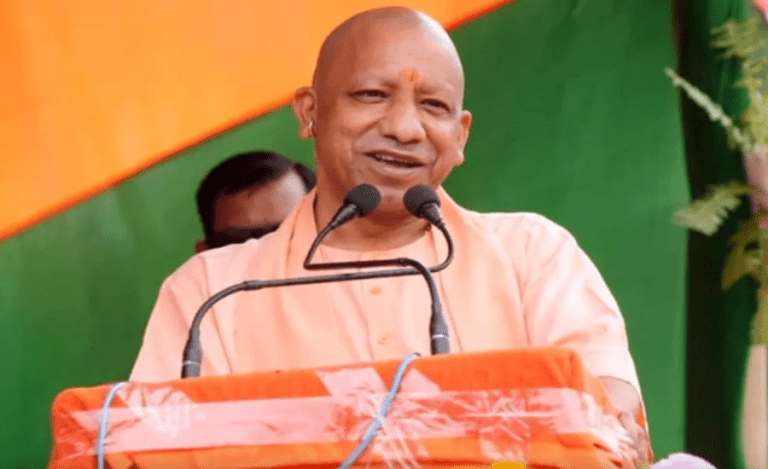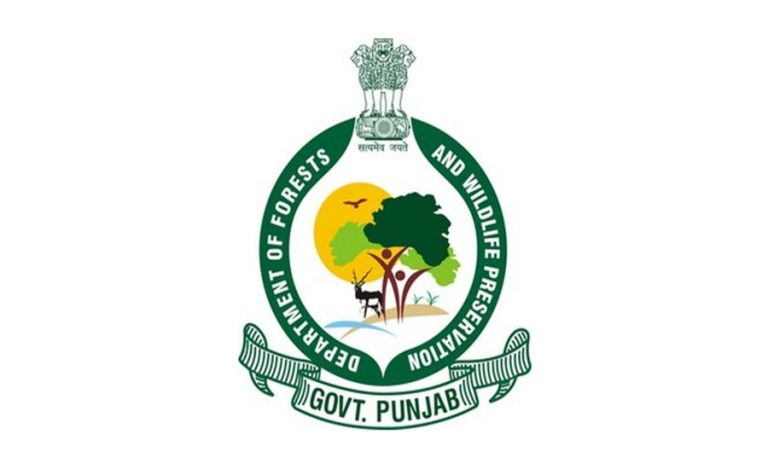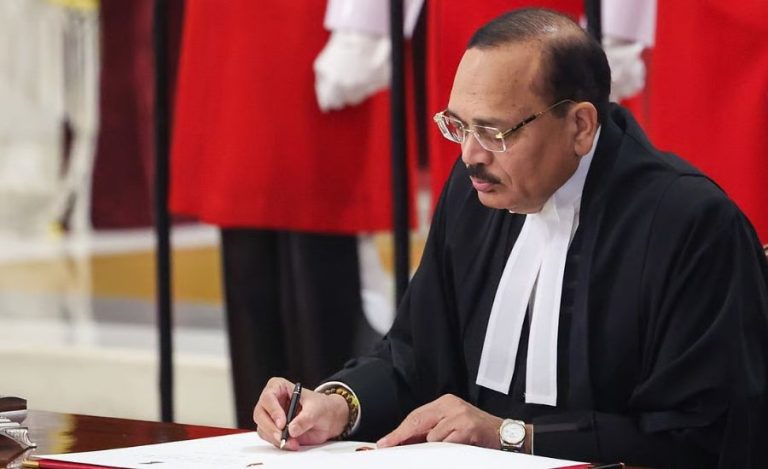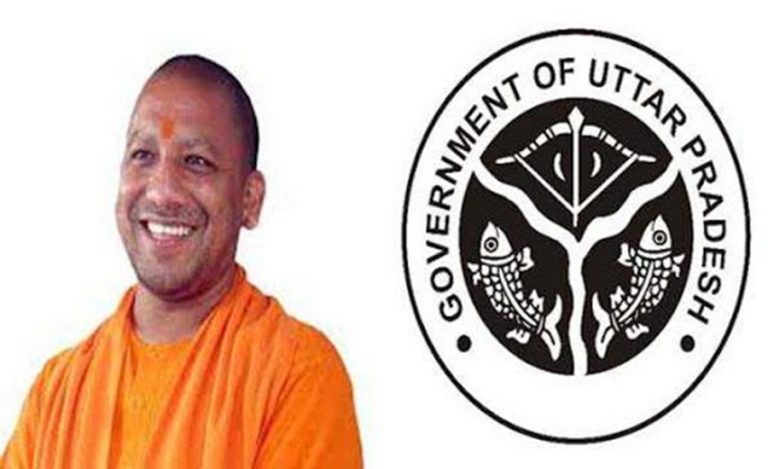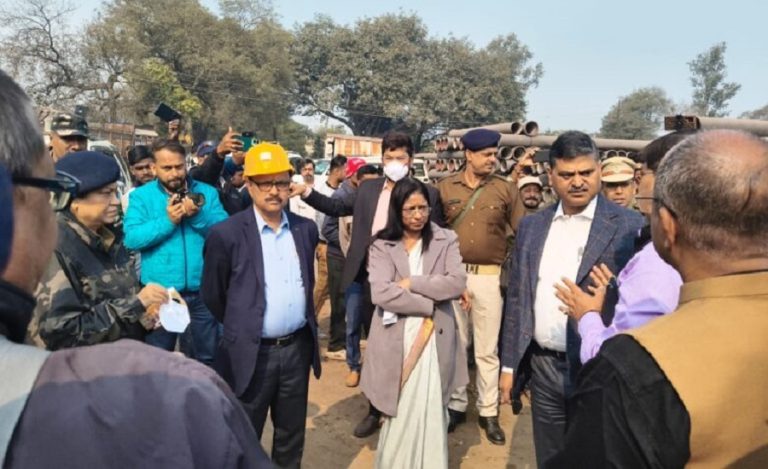The Indian Air Force (IAF) has developed a revolutionary indigenous technology that promises to transform modern warfare capabilities while ensuring no repeat of tragic friendly fire incidents.
Enter VAYULINK – India’s answer to secure, real-time battlefield intelligence that connects every aircraft, helicopter, unmanned vehicle, and ground unit under one unified network.
Born From Tragedy: The Budgam Incident That Changed Everything
The genesis of VAYULINK traces back to February 27, 2019 – a day that witnessed both India’s surgical strike response and a devastating friendly fire incident.
An IAF Mi-17 V5 helicopter crashed in Budgam, Kashmir Valley, killing six Air Force personnel and one civilian. The government later confirmed it was a case of “mistaken fratricide” – the helicopter was shot down by India’s own surface-to-air missile during coordination failures.
This tragedy became the catalyst for change. The IAF immediately launched an in-house Research & Development program to create a foolproof system that would prevent such incidents forever.
What Makes VAYULINK A Defence Game-Changer?
VAYULINK operates as an ad-hoc, encrypted tactical data-link system – essentially creating a secure digital ecosystem connecting all military assets in real-time.
Unlike conventional radio-based communication systems, VAYULINK leverages India’s indigenous IRNSS (NavIC) satellite constellation. This ensures uninterrupted, jam-proof data exchange even in the most challenging operational environments.
Wing Commander Vishal Mishra, the serving IAF helicopter pilot who led the development, explained: “When installed in an aircraft, VAYULINK provides the position of other aircraft nearby and encrypted traffic data over secured channels.”
Five Critical Capabilities That Define VAYULINK
1. Real-Time Fratricide Prevention: VAYULINK continuously shares exact positional data of all friendly formations – whether airborne platforms, ground vehicles, or infantry units. Pilots can instantly distinguish friend from foe on their display interfaces, even during high-intensity combat operations along India’s sensitive northern and western borders.
2. Enhanced Situational Awareness: The Unified Situational Awareness System (USAS) powered by VAYULINK integrates feeds from multiple sensors and platforms. Commanders receive a single composite operational picture with real-time position, threat assessment, and environmental data – dramatically improving decision-making speed and mission success rates.
3. All-Weather Operational Safety: Beyond combat applications, VAYULINK provides pilots with live weather updates and detailed terrain data. The collision avoidance feature identifies nearby aircraft positions, significantly reducing mid-air incident risks during formation flying or congested airspace operations.
4. Beyond Line-of-Sight Communication: Legacy Identification Friend or Foe (IFF) systems were limited by radar and line-of-sight constraints. VAYULINK enables continuous tracking even in mountainous terrain, dense forests, or electronic warfare environments – extending the IAF’s operational coverage deep into battlefield zones.
5. Tri-Service Interoperability: While conceptualized by the IAF, VAYULINK’s architecture supports seamless integration across all three armed forces. The Indian Army already employs a variant called “Trishul Link,” enabling coordinated joint operations and disaster response missions.
From Concept To Combat-Ready: The Development Journey
VAYULINK made its public debut at Aero India 2023 in Bangalore, where the IAF showcased this indigenous innovation to defence experts worldwide.
Following successful field evaluations, the system entered trial deployments at forward bases across Northern and Western sectors. These real-world tests validated VAYULINK’s performance in high-altitude regions and electronic warfare-prone zones.
The hardware and chip-level integration were executed entirely within India, advancing the Atmanirbhar Bharat vision in critical defence communication technologies.
Mass Production Phase: What’s Next?
VAYULINK has now entered the procurement and mass-production phase. The IAF plans full-scale induction across all airborne platforms and tri-service installations positioned in forward operational theatres.
Once widely deployed, VAYULINK will form the backbone of India’s secure, indigenous network-centric warfare infrastructure – ensuring information superiority and operational safety in modern multi-domain combat scenarios.
The system’s compatibility extends beyond military applications. Being entirely IAF-developed technology, VAYULINK can be adapted for other government services requiring secure, jam-proof communication capabilities.
Why VAYULINK Matters For India’s Defence Future
In an era where information superiority decides battlefield outcomes, VAYULINK positions India among elite nations with indigenous tactical data-link capabilities.
The system addresses multiple operational challenges simultaneously: preventing friendly fire tragedies, enhancing pilot safety in adverse weather, enabling seamless tri-service coordination, and reducing dependence on imported defence communication systems.
Most importantly, VAYULINK represents the maturity of India’s defence research ecosystem – where serving military officers can conceptualize, develop, and deploy cutting-edge solutions tailored to India’s unique operational requirements.
As Wing Commander Vishal Mishra’s innovation enters mass production, it stands as testament to the IAF’s commitment to technological self-reliance and operational excellence.
The system ensures that the lessons from the Budgam tragedy of 2019 translate into a stronger, safer, and more capable Indian Air Force for decades to come.

